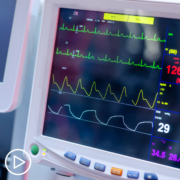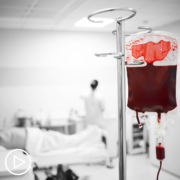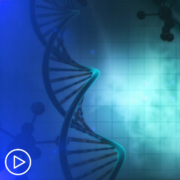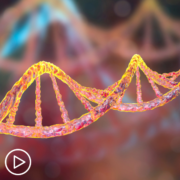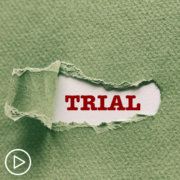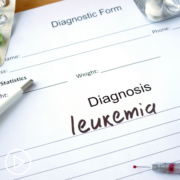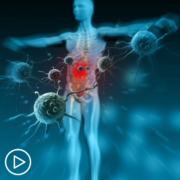2022 ASH Meeting | Multiple Myeloma Takeaways
This is my 17th year attending ASH (American Society of Hematology), where typically over 30,000 attendees from all over the world (hematologists/oncologists, lab researchers, oncology nurses, scientists and 300 pharma companies) attend. This year ASH was set up as a hybrid meeting where some attended in person and many, including myself, virtually. I’m grateful to the IMF (www.myeloma.org) and their sponsoring pharma donors Takeda, Amgen, and Karyopharm for registering me for ASH so that I could learn and subsequently share my patient perspective with you.
My Takeaways
This year’s ASH continued to expand our knowledge on immunotherapies…more CAR-T’s and bispecific antibodies (“T-cell directing therapies”)…as well as more targets besides BCMA…and most importantly, side effects such as cytopenia (lower blood counts), cytokine release syndrome (CRS), neurotoxicity, and infections. At present, approved treatments in the area include CAR-T’s Abeca and Carvyti as well as the bispecific Tecvayli (Teclistamab), but these are currently only available for patients relapsed-refractory patients with >=4 lines of previous therapy. The good news is that all of these CAR-Ts and bispecifics are in clinical trials for patients with fewer prior treatments, even newly diagnosed patients in some cases!
Another area that needs better treatment options are Multiple Myeloma (MM) patients considered High Risk (HR) or ultra-high risk (>1 HR factor), as well as High Risk Smoldering Myeloma (HR SMM). Whereas some current studies show that media Overall Survival for MM is 10 years, HR patients are typically half that. And for HR SMM patients who have a good chance to progress to full blown MM within 2 years, is it possible that treatment at this pre-MM stage could delay progression or actually cure a patient from getting MM.
We know that if we achieve a Complete Response via blood tests which show no sign of an M-spike, that unfortunately the myeloma will still likely return, indicating that we still have myeloma but these tests are not sensitive enough to see it. Tests with more sensitivity are referred to as MRD (Minimal/Measurable Residual Disease) tests (Next Generation Sequencing and Next Generation Flow) from bone marrow biopsies and Mass Spectrometry tested via a patient’s blood. They are good prognosticators but typically not used to help guide treatment (for example, when to stop maintenance). If we knew when to stop treatment or change treatment, patients would more likely do better.
This leads to the discussion that we have many treatments available these days but what’s the best treatment for a patient being newly diagnosed, transplant-eligible or not, maintenance (for how long), treatment at first relapse, subsequent relapses? Many of the study results from ASH try to answer these questions via clinical trial results (but that’s still not a personalized treatment so it’s always important to ask your doctor questions and be part of that shared decision making).
Finally, the important topic of Diversity, Equity and Inclusion (DEI) was discussed more at this ASH than ever before and got its own Spotlight Education session. We need better representation of underrepresented populations in clinical trials. For example, 20% of MM patients are Black and yet they represent <5% of patients in MM trials. If we don’t improve upon this, trial results may lack internal validity resulting in poor external validity for the populations they are meant to serve.
For more patient information about ASH, there are many excellent webinars coming up from your favorite myeloma advocacy organization. And another great source are blogs written by patients (including myself) which you’ll find on the IMF website (https://ash2022blogs.myeloma.org/).
In summary, this year’s ASH continued to amaze me with so many studies in Myeloma, focusing on all stages from Smoldering Myeloma to MM Induction through Relapse. Clearly immunotherapy treatments, CAR-T’s and Bi-specific T-cell engagers were predominant among the oral presentations I attended, providing longer-term data on these new treatments. And importantly, other targets besides BCMA are being investigated.
For someone diagnosed with stage III MM 28 years ago with only 2 treatment options available (MP or VAD-SCT) and given 2-3 years expected survival, I’ve seen incredible progress since 2003 when Velcade was first approved followed by 14 more approvals and many combination therapies. While there continues to be unanswered questions, we now have many more effective treatments for MM, providing patients with better opportunities to manage their disease. Newly diagnosed MM patients can justifiably be more optimistic about their new diagnosis than at any other time in history. ASH2022 highlighted the tremendous advances we have made in treating this cancer for both the newly diagnosed and relapsed patient.
Patient Empowerment Network Board Emeritus
Jack Aiello is a former Silicon Valley high technology executive living in San Jose, CA. Jack was diagnosed with multiple myeloma in 1995 and has had three transplants for his condition. While the treatments have given him extended survival, he has had disabling side effects. After retiring, Jack has become a leading myeloma support group leader and traveled the US and overseas to attend medical conference, patient forums and inspire advocacy among patients.




